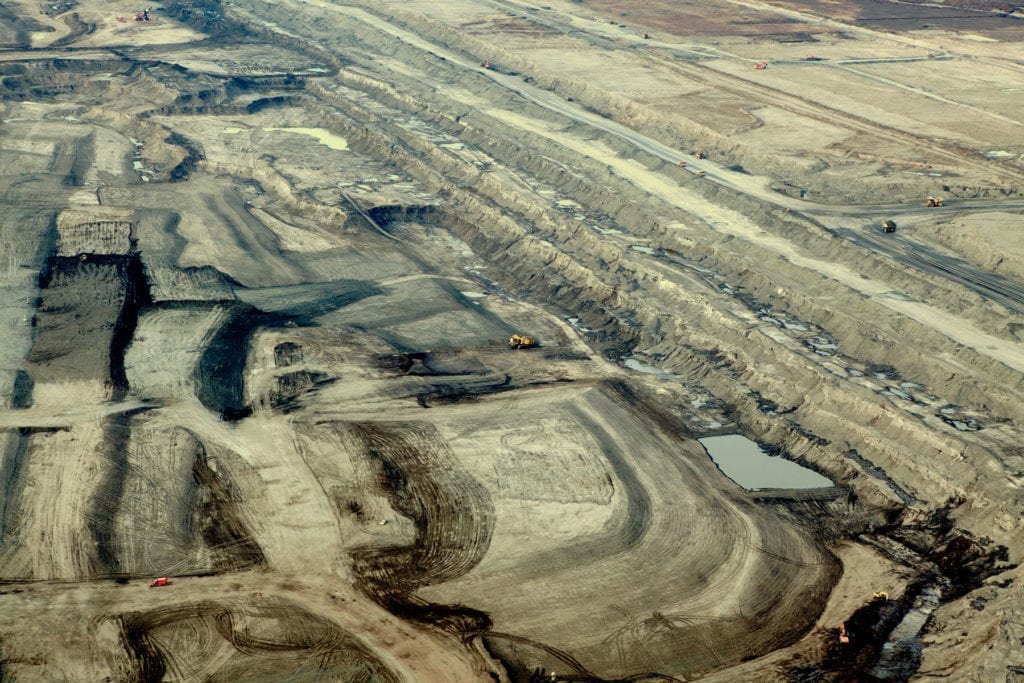What inspired you to photograph Canada’s Tar Sand mines?
The inspiration came from my desire to see and photograph this for myself. I learnt that many coal mines were closing, leaving bare industrial sites and hills of coal. The land was reclaimed, trees planted, nature reserves made, a national forest created. I am keen to see how the Tar Sands develop once the extraction has been completed.
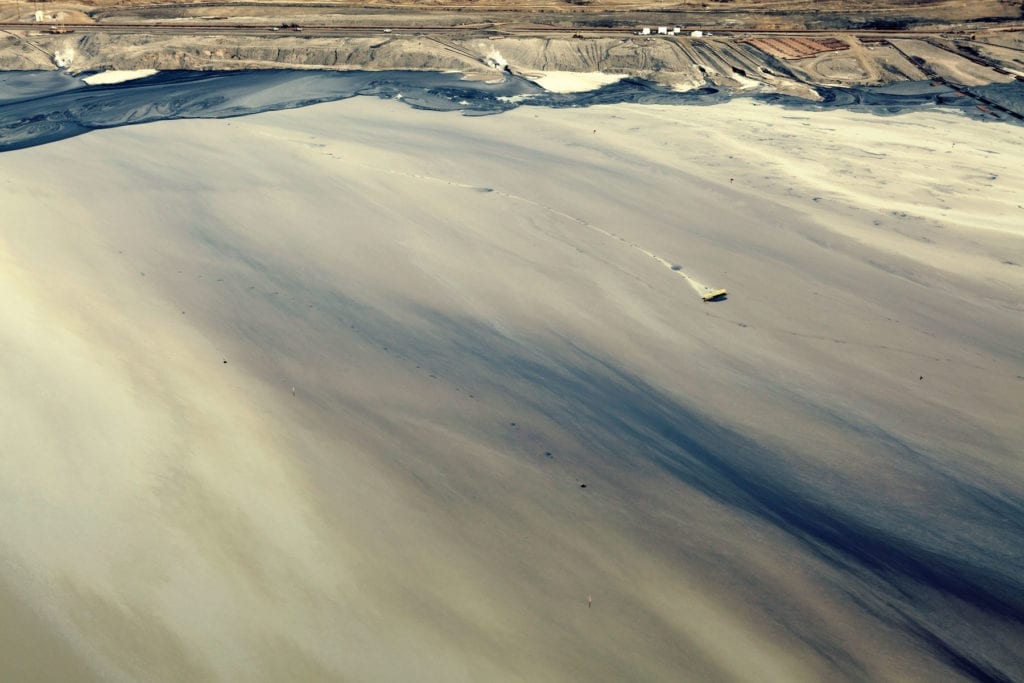
What makes Tar Sands possibly the world’s most destructive industrial project?
Tar Sands has now become part of the A level geography course for children in the England. The Tar Sands mining procedure releases at least three times the CO2 emissions as regular oil production and is slated to become the single largest industrial contributor in North America to Climate Change.
The tar sands are already slated to be the cause of up to the second fastest rate of deforestation on the planet behind the Amazon Rainforest Basin. Thats not to mention carcinogens created in the water and food chain.
Why do you think people are not as aware of this as they should be?
I think, in day to day life, people are generally unaware of where the resources come from, and what it takes to get them. It’s good to capture these issues in a picture and it is much easier to tell a story this way.
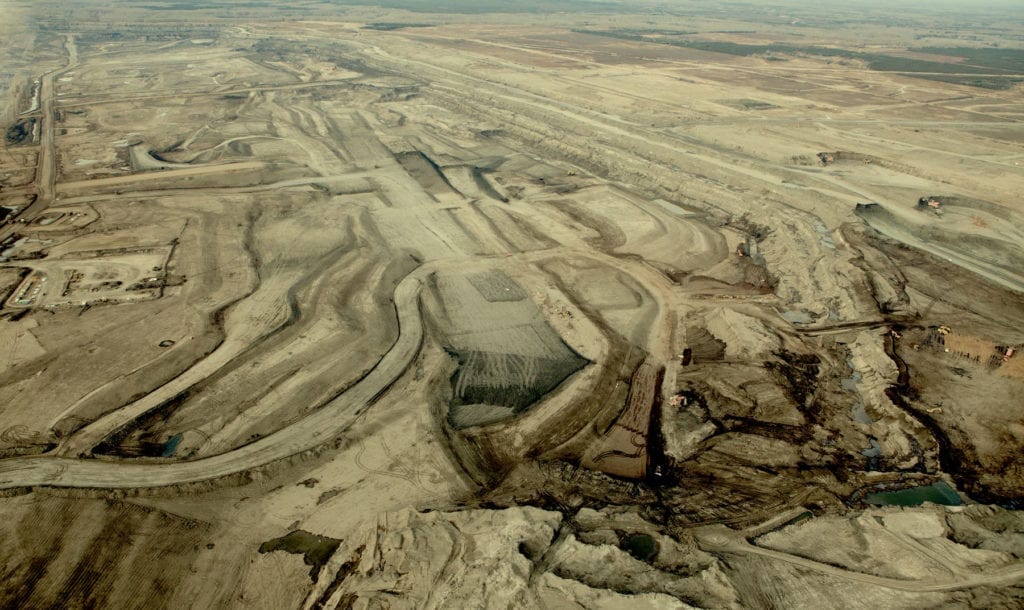
What do you hope people get by viewing these images?
I hope people enjoy them for what they are, but also to think about where every day resources come from and the cost of that to the planet we inhabit.
How is this project different from or similar to other things you’ve photographed?
I have generally focused on the natural beauty of the earth’s landscapes. This series is more a focus on how man is changing those landscapes.
What sparked your interest in environmental subjects?
I have worked outdoors most of my life, and have photographed on every continent. I have seen some wonderful things, but I have also seen change, polution, poverty and destruction. We have to question how we define progress.
What is next on your agenda of projects?
I am photographing British Farmers and Farms. The farm worker is being replacedand I want to photograph them before they all disappear, the land before it becomes a housing estate, shopping mall or motorway.
When was the first time you became aware of photography? How old were you?
I was 16. It sparked after I joined sixth form photo club.
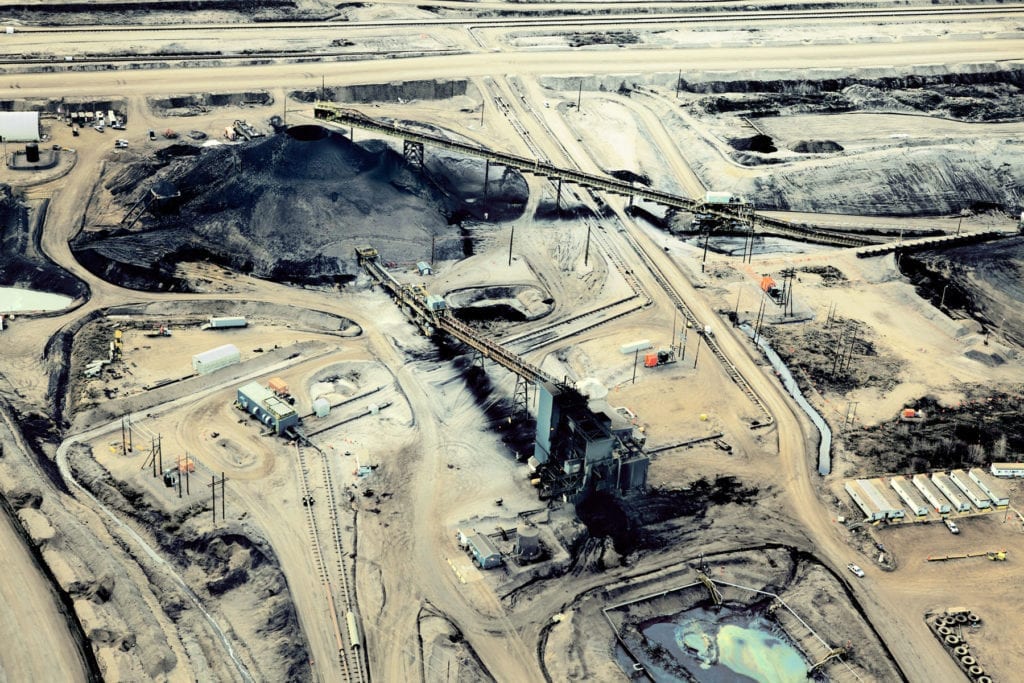
What is the primary reason you became a photographer? Honestly, I wanted to travel , see the world. When did you decide to become one?
When I was 18, I did a course in photography and never looked back.
What motivates you?
New adventures, people and freedom.
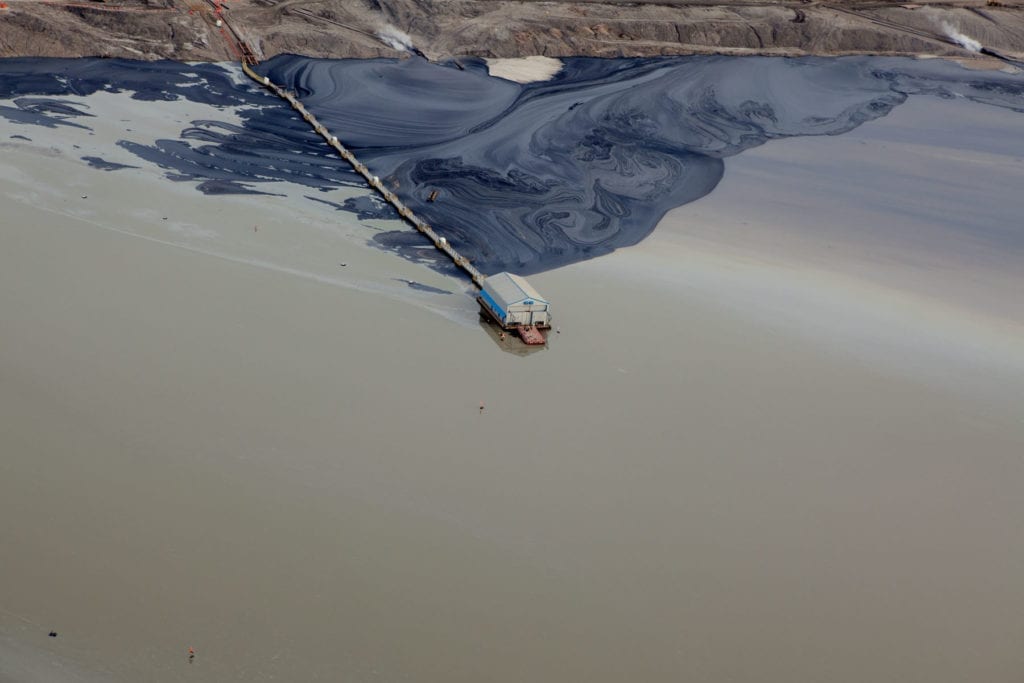
How did you learn to become a photographer?
I went to college to study photography, I then became an assistant, assisting Richard Avedon and Nadav Kander and many more. I learnt so much.
What are the common themes, subjects or concerns that run through all your work?
Landscapes, simplicity, the changing environment/landscape.
Can you describe what you’re looking for in a photograph – are there any particular aesthetic concerns, or are you purely led by your engagement with your subjects?
Once I have a subject, I just go. I try hard to not arrive with ideas and preconceptions. I like to let it evolve in a natural way.
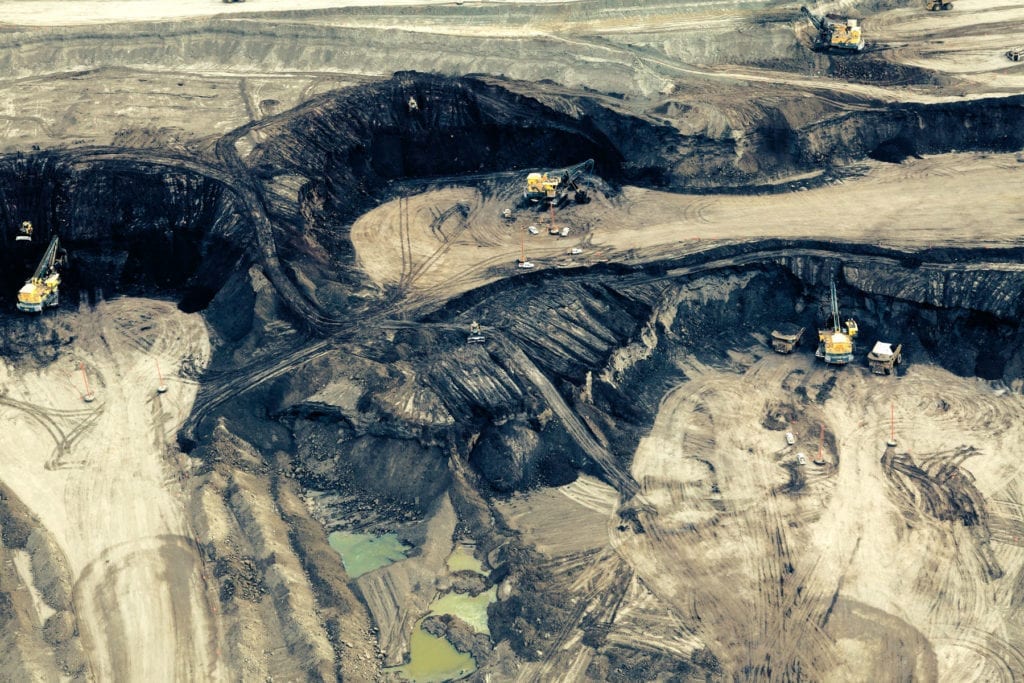
What’s the worst job you’ve done?
Non-photographically, a toilet cleaner. Hands down.
Who’s your favourite photographer?
There are so many, but currently it is Ernst Haas
What’s the best photo you never took?
A picture of Everest. The clouds broke to reveal the peak, so i just stood, watched and enjoyed.
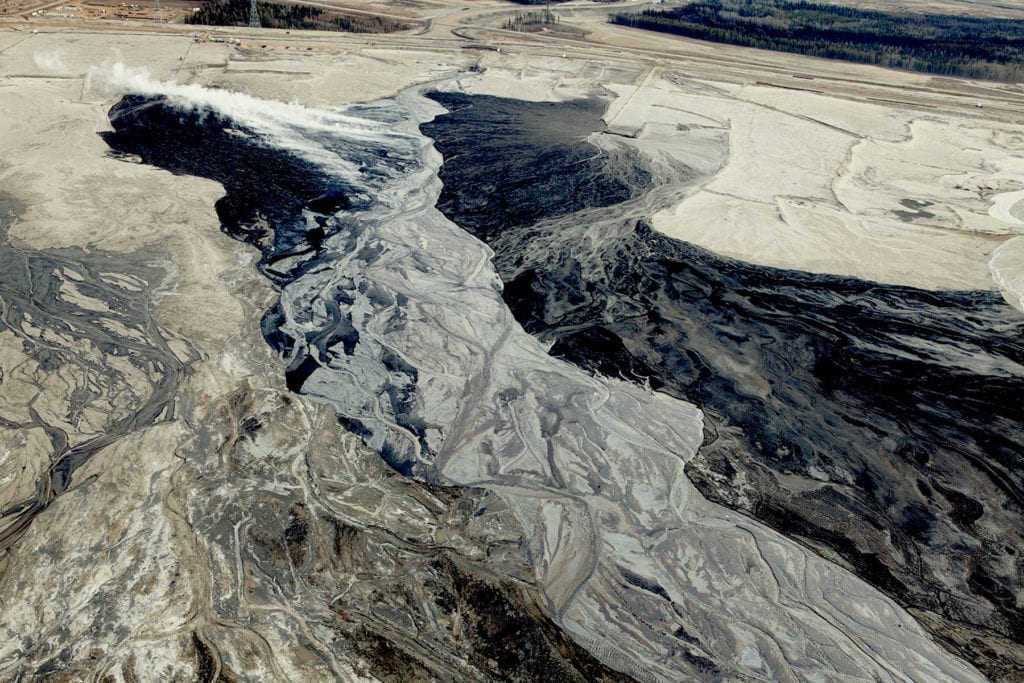
The one photograph you’d save in a nuclear apocalypse – your own, or someone elses?
A picture by Simon Feeney of Howard, my dog.
What’s your message to your younger self, in the moment they decided to be a photographer?
Smile and enjoy.
See more of Stuart’s photography here.

